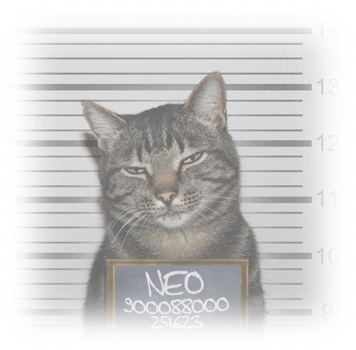 |
||
| |
Home | About Us
|
Services |
Products |
Pet Identification |
Pet Health Insurance | | Breeder News | News | Articles | Tick & Flea Control | Dog Training | Dental Health | | Cat & Dog Vaccinations | Cat & Dog Sterilisations | Elderly Pets | | Chew on This Newsletter | Links | |
||
Pet Identification |
||
|
As animals can't communicate, it is important to get a permanent way to identify them. Although marked collars are a good way of supplying a means of identification, it is not fool-proof. Collars can be removed, break off, or get lost. The best way of supplying permanent identification is to place a collar in combination with a commercial pet microchip. Pet microchips are placed under the skin of your pet and it is virtually impossible to remove them. More than one microchip can be placed. The process carries no medical risk and can be done within seconds at your family veterinary consultation rooms. No anaesthesia is needed and in most cases sedation is also unnecessary. The chip is about the size of a grain of rice and is placed between the shoulder blades of the animal. Although the microchip is marketed for pet dogs and cats, it can be used in most pet animals, including, rabbits, horses, birds and larger reptiles. Each pet microchip is manufactured with an unique 10 or 15 digit serial code. At the time of implantation, this code is connected to the owners' credentials which is stored on a protected national database. Only registered owners, veterinarians and animal charity organisations (such as the SPCA) have access to these databases. When an animal gets lost, or needs to be identified, a microchip reader can be used to identify the serial number. This can then be used, by contacting the appropriate database, to recall the owners of the animal. Apart from being used as a way of finding the owners of lost animals, permanent pet identification is also necessary for pet health insurance, breeding programs, KUSA registration, pet animal emigration, court cases and many more. There are currently two main companies in South Africa who supply chips and databases for pet identification, Virbac Back Home and IdentiPet. For more information about these companies, and what they offer, talk to us during your next consult or wait for this page to be updated in the near future. Also see:
|
||
|
|
||
 |
||
|
Address 7 Reynolds Street, Port Shepstone, KZN, South
Africa - Contact (039) 682 2433 -
Consulting Hours Mondays to Fridays 08:30 to
11:00 & 16:00 - 17:30, Saturdays 08:30 - 11:00,
Saturday afternoons, Sundays & Public Holidays
emergencies only
- Please phone for an appointment -
Doggie Bag Vet Shop Hours Mondays to Fridays 08:00
- 18:00, Saturdays 08:30 - 11:00, Sundays & Public Holidays none
Join our Newsletter - FaceBook - Twitter - YouTube - Google+ Doggie Bag Vet Shop © 2011 - 2014 Vet Hospital Port Shepstone - www.vet-portshepstone.co.za |
||

